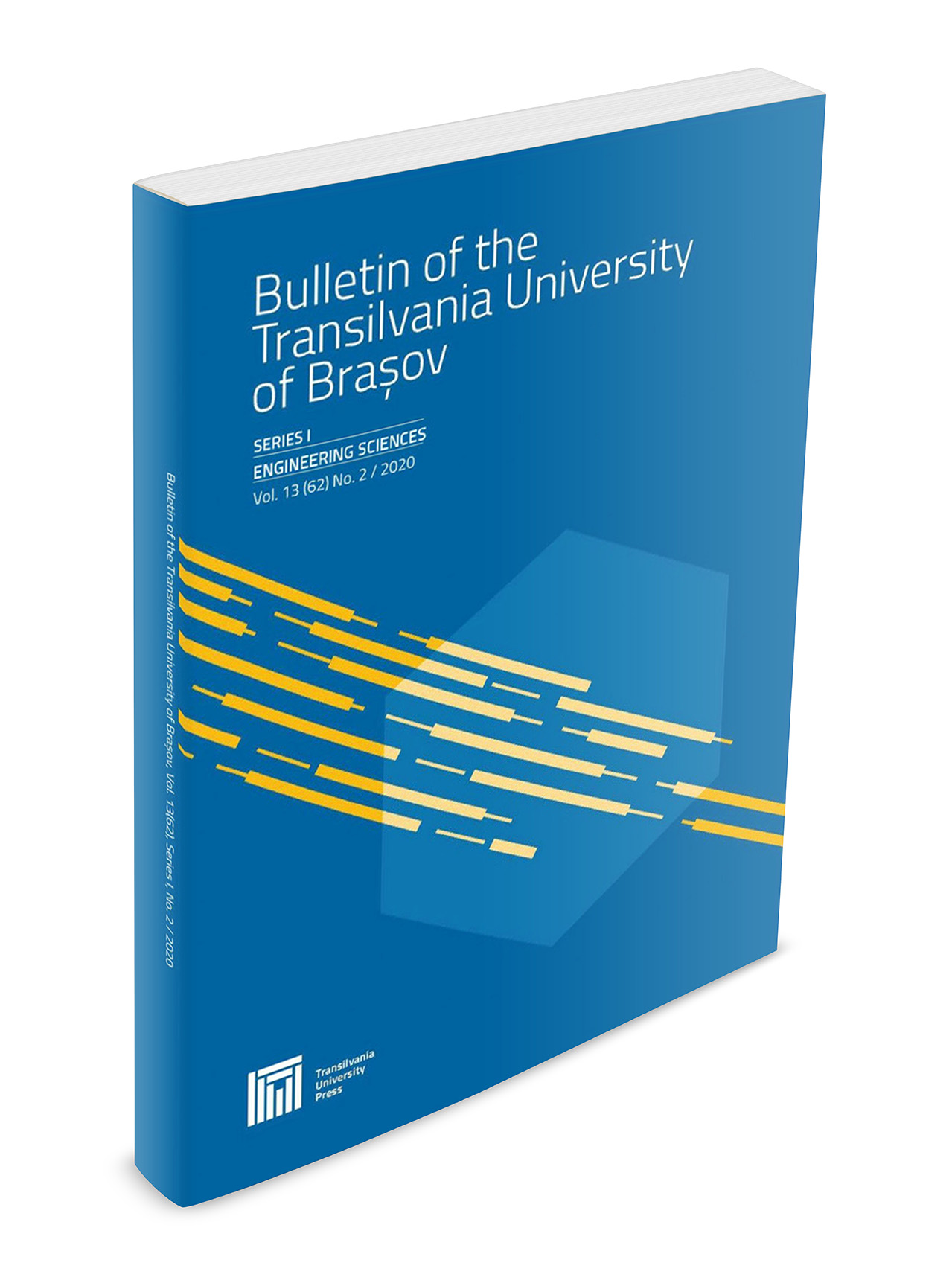Load- and strain-dependent stiffness modulus ES(σ,δ) for cohesive soils
Keywords:
stiffness modulus, strain, load increase factor, load increment, small-strain, compression tests, power lawAbstract
Proposal for an extension of the power stress-strain approach by Ohde under consideration of the magnitude of the load increase based on conventional compression test results with reduced load increase. In Germany, the estimation of the settling behavior is, according to DIN 4019, in general, done by integrating the strains along the depth z. For this purpose, the stiffness modulus Es is required, which can be determined by using simple compression tests. The standard procedure foresees double the load stages after 24 hours in order to keep the ratio of the measured variables to the error value small. For cohesive soils, this is, however, associated with very high elongations. These elongations are significantly greater than the elongations under a building foundation. DIN 4019 deals with this uncertainty with the notification that because of the simplified assumptions only an approximation of the settling is possible. These approximations are often inaccurate (i.e., they often overestimate the settling by 50% and, in exceptional cases, underestimate the settling). One of the influencing factors is the effect of the magnitude of the load increase on the stiffness modulus, which is neglected in conventional compression tests. These relationships are also referred to as small-strain effects in the literature. Therefore, for a better prediction of the settlement, the magnitude of the stress increase needs to be adjusted in every individual layer in order to have a better estimation of the stiffness modulus. This article shows how the magnitude of the load increase could influence the stiffness modulus by using a mathematical approach to extend the stress-strain model of Ohde.Downloads
Published
2019-01-22
Issue
Section
CIVIL ENGINEERING




